Ep 2. Crime Scene Science: Silent Witness
Listen now:
Is there a better-loved British crime drama? Silent Witness has been running since 1996, season 23 aired in 2020, and it’s also one of Emma and Karen’s favourite shows. Speaking of autopsies, in this episode we speak to one of the scientific advisors for the show, Dr Stuart Hamilton, who is a forensic pathologist and helps make sure all the science in the show is fact-checked. Who better to ask about all the gory details of an autopsy, and how you can estimate the time of death of a body?
But before that, we head to the University of the West of England to explore their on-campus ‘Crime Scene House,’ which is staged for forensic science students to practice their evidence-gathering skills. Helen Green shows us around the place, explaining crime scene processing techniques and some of the scientific tests used.
Find the episode on your favourite podcast platform
Meet our guests
Helen Green
Helen Green, Associate Head of Department and Programme manger for Advanced Forensic Analysis, University of the West of England, Bristol, kindly takes us on a guided tour of UWE’s on-campus ‘crime scene house,’. A crime scene has been staged inside, in which forensic science students will be assessed on their evidence-gathering process and technique, so we try not to disturb it too much…
Dr Stuart Hamilton
Who needs the faces of Silent Witness for a science podcast when you could have Dr Stuart Hamilton, one of the actual forensic pathology advisors for the show? Deputy Chief Forensic Pathologist at East Midlands Forensic Pathology Unit, Stuart joins us to chat about autopsies and working on one of the UK’s favourite crime dramas.
Crime scene science blogs
Episode photo gallery
Take a peek inside UWE’s crime scene house with us.
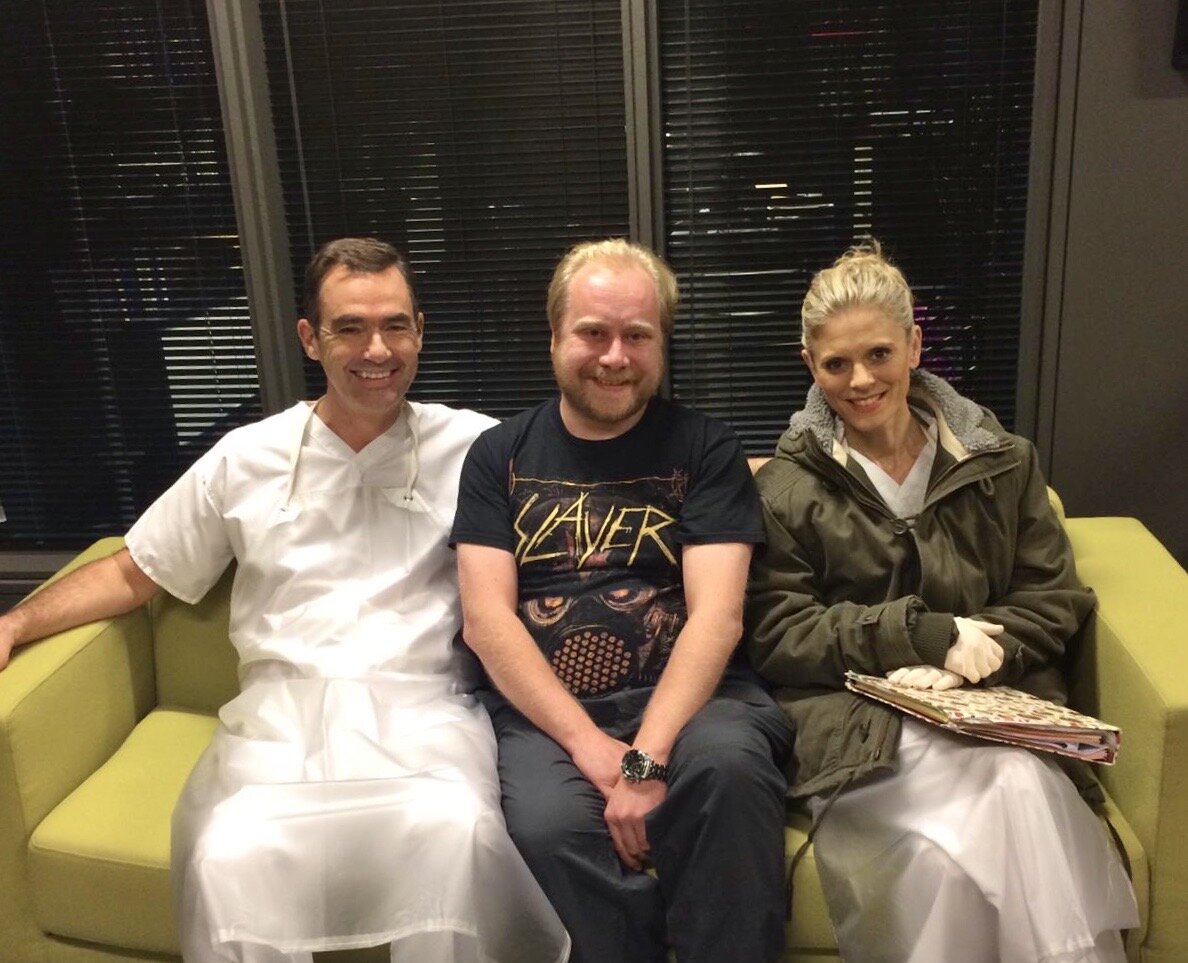
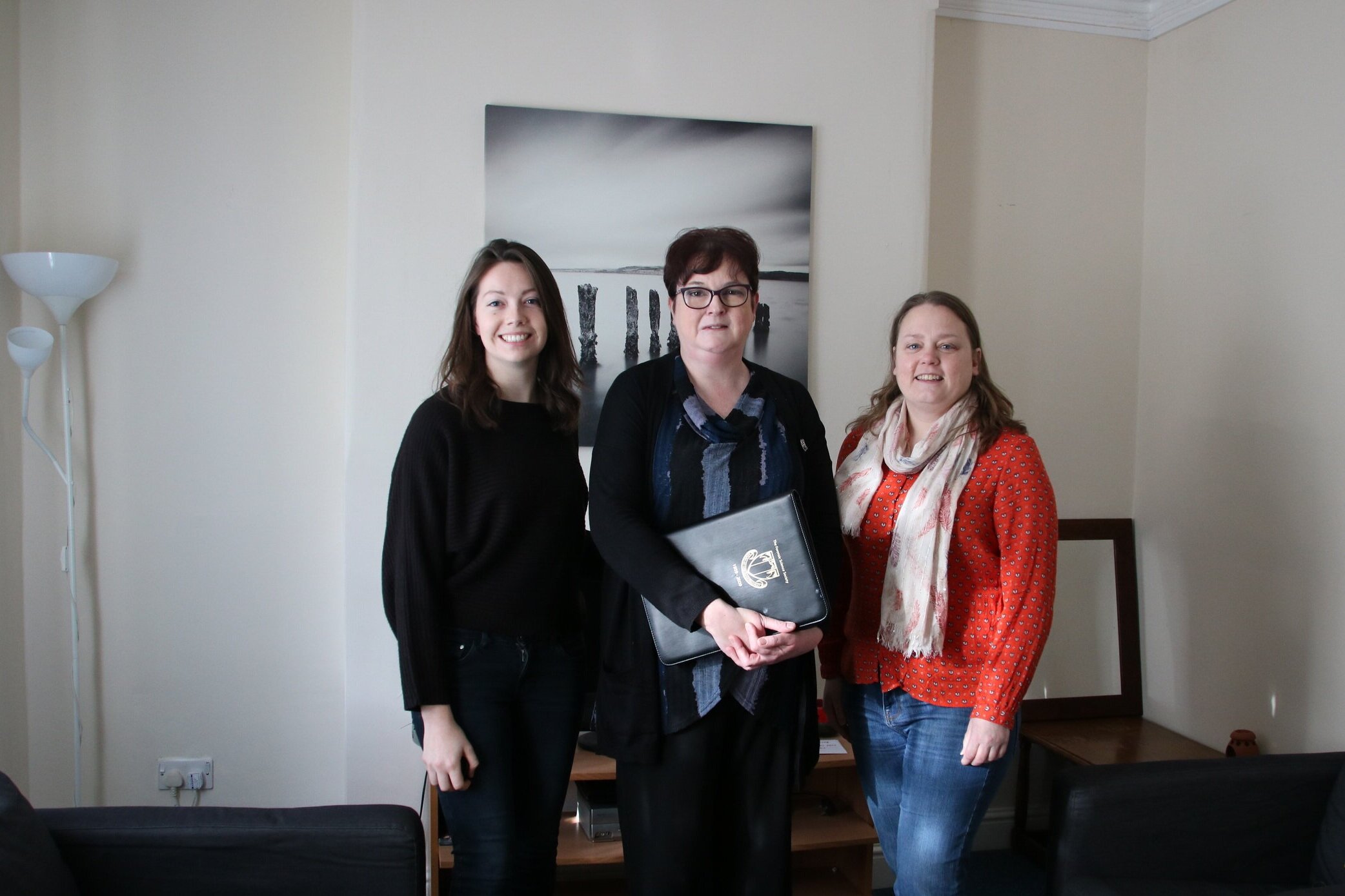
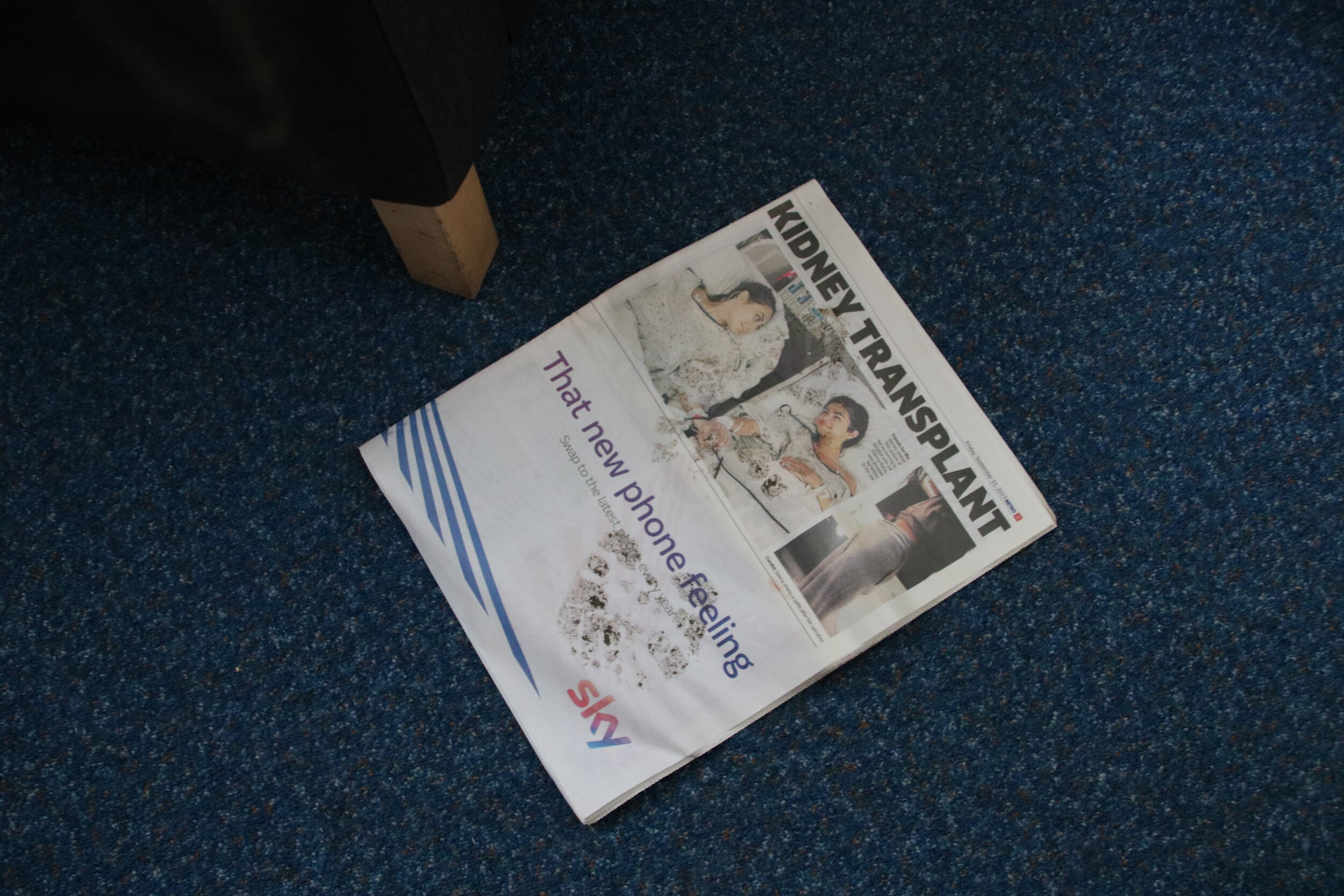
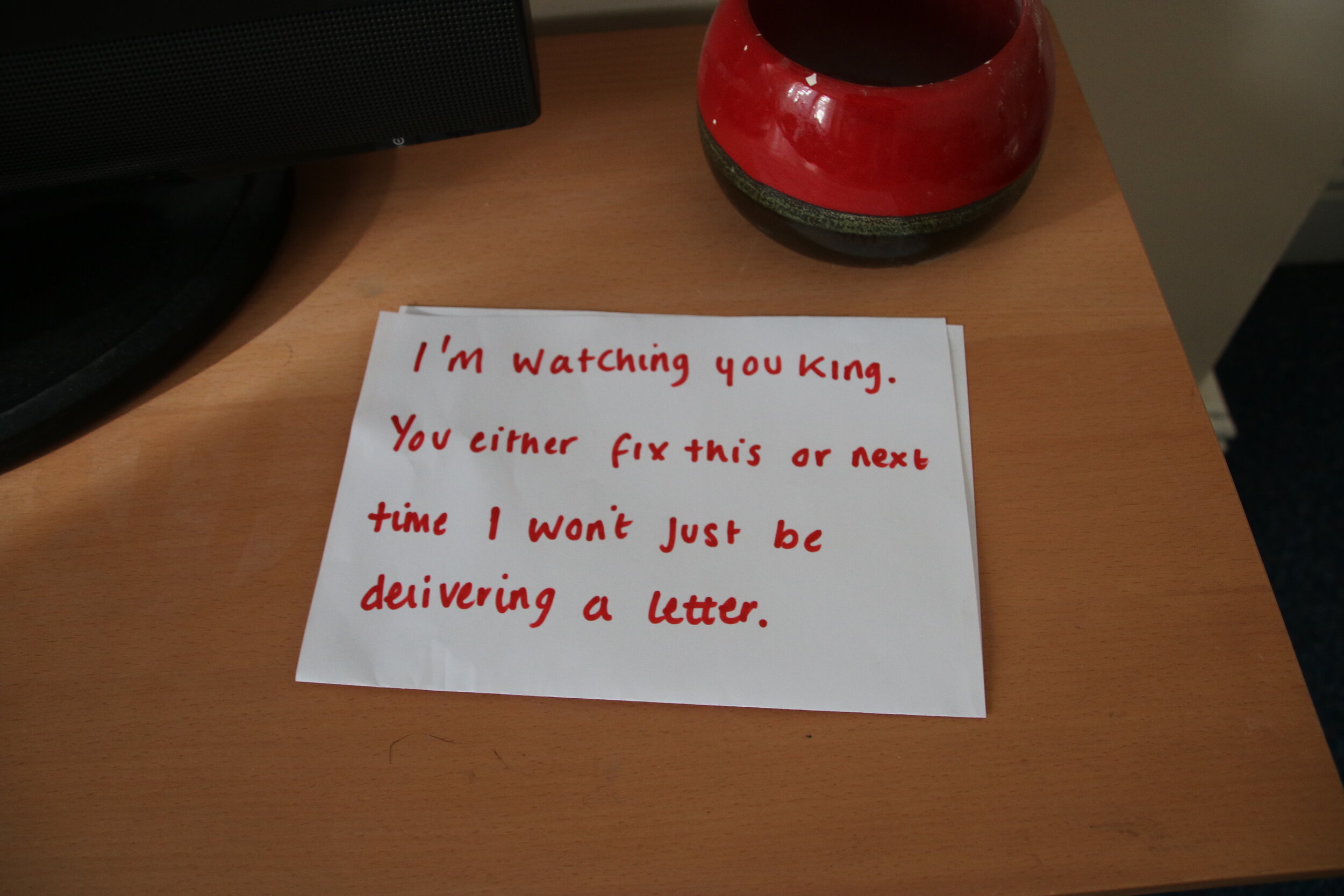
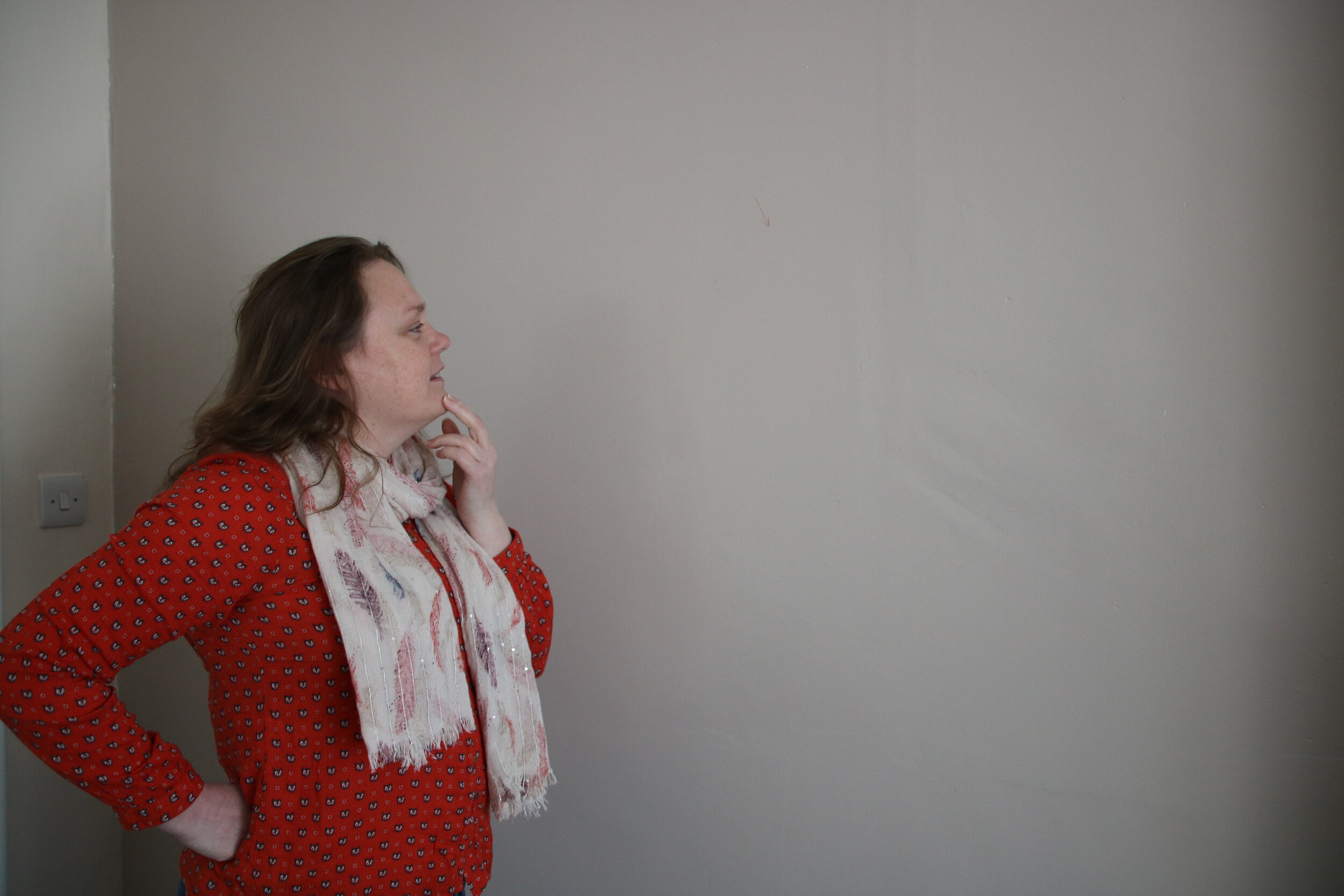
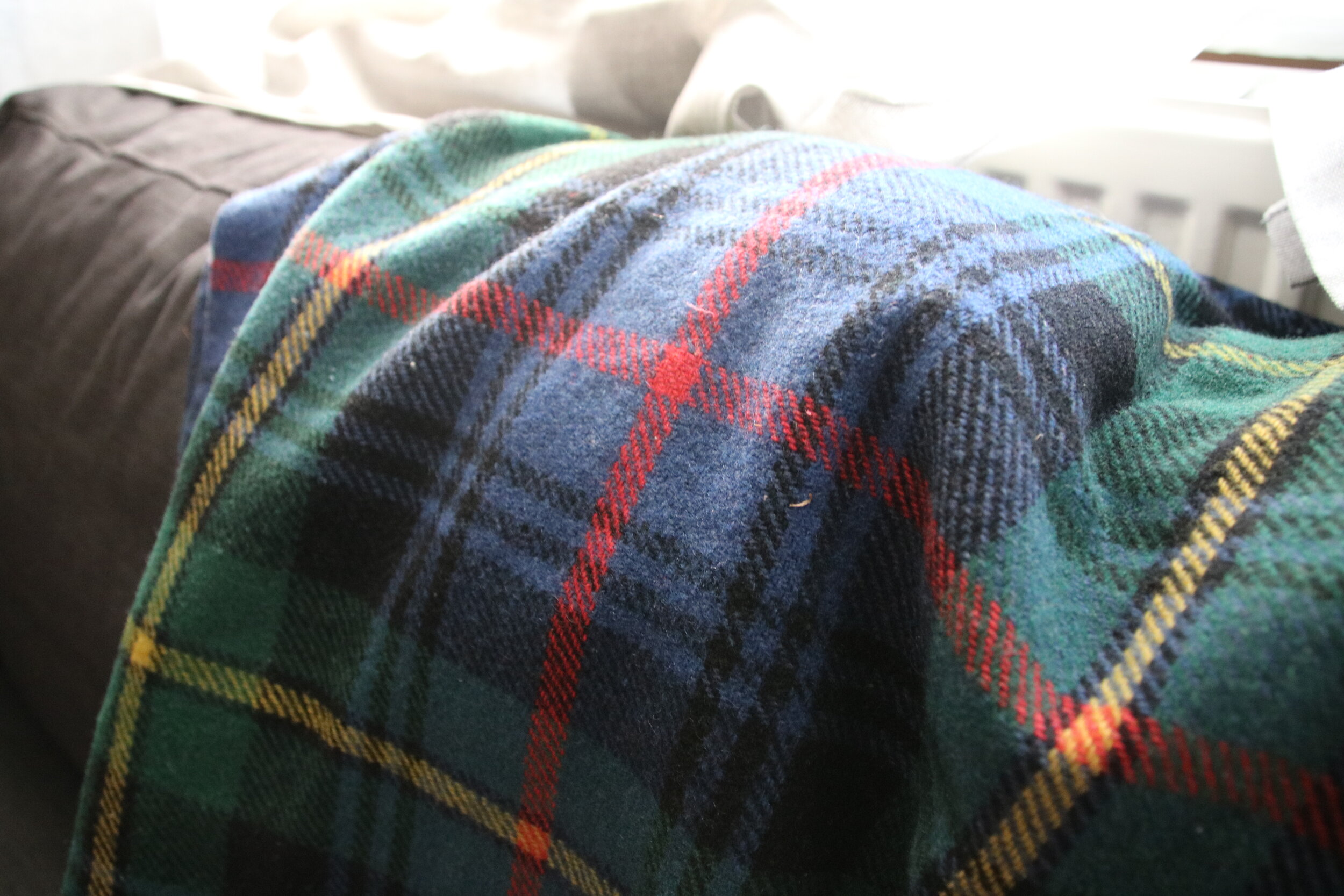
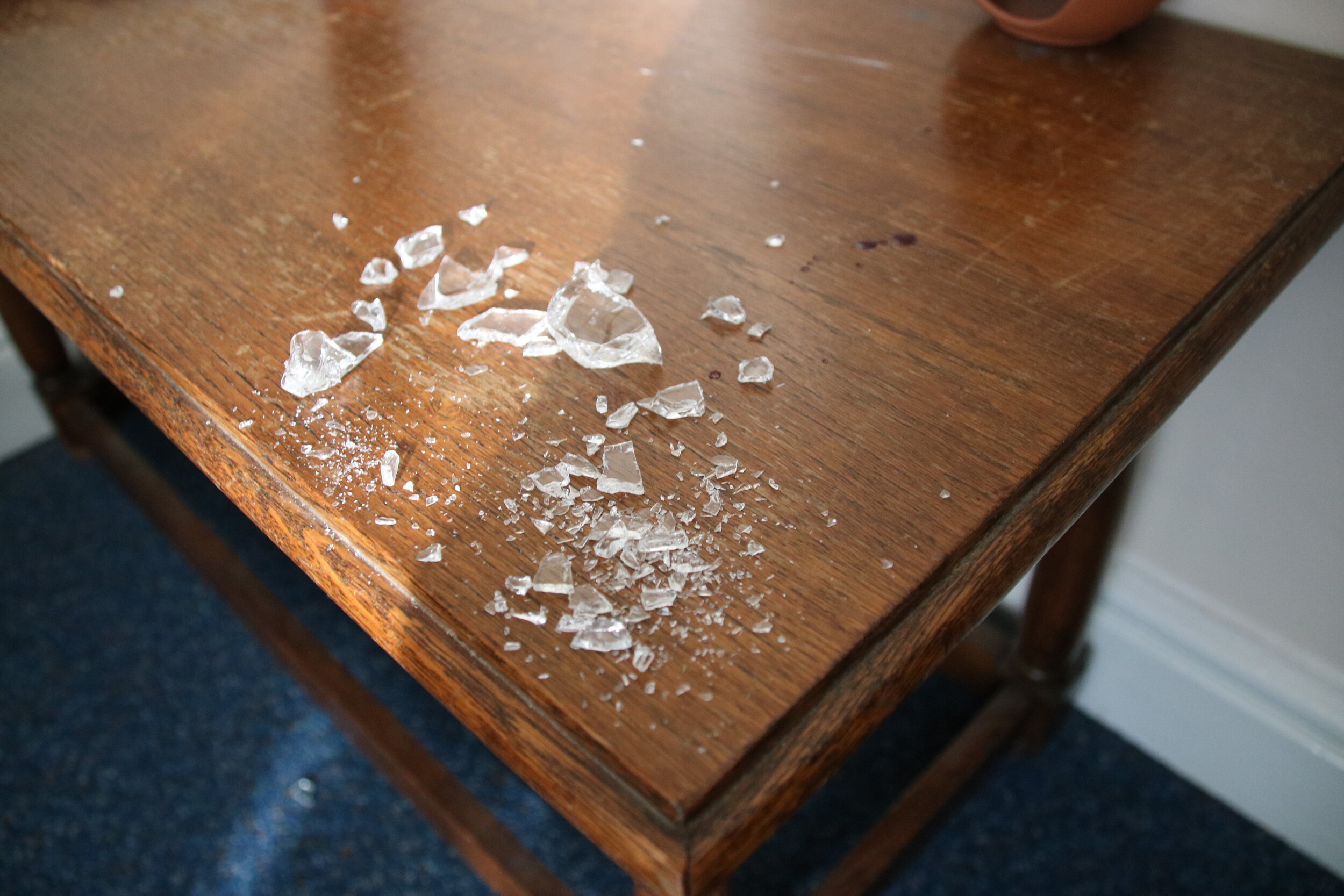
Episode references (if you fancy some extra reading)
Asen, D. (2017) Song Ci (1186–1249),“Father of World Legal Medicine”: History, Science, and Forensic Culture in Contemporary China. East Asian Science, Technology and Society: an International Journal, 11(2), pp.185-207.
Baranowski, A., Burkhardt, A., Czernik, E. and Hecht, H. (2018) The CSI-education effect: Do potential criminals benefit from forensic TV series? International Journal of Law, Crime and Justice. 52, pp. 86-97
Black, S. and Nic Daeid, N. (2018) 30-second forensic science. Brighton: Ivy Press
Byrnes, J. (2018) Not as seen on TV forensic anthropology. Anthropology news [online] 6 April. Available from: https://anthrosource.onlinelibrary.wiley.com/doi/10.1111/AN.820
Klentz, B. Winters, G. and Chapman, J. (2020) The CSI effect and the impact of DNA evidence on mock jurors and jury deliberations. Psychology, Crime & Law pp. 1-19
Mistek, E., Fikiet, M., Khandasammy, S. and Lednev, I. (2019) Towards Locard's exchange principle: Recent developments in forensic trace evidence analysis. Analytical Chemistry. 91 pp. 637-654
Song, C. (1981 [1247]) The washing away of wrongs: forensic medicine in thirteenth-century China. University of Michigan Press.




